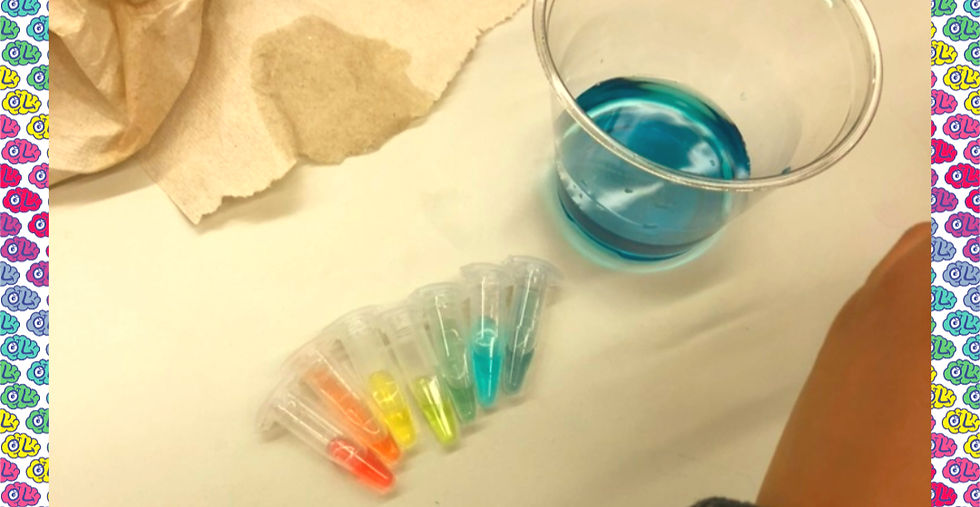Unraveling the Mysteries of Moon Phases
- Kate McDaniel

- May 6, 2024
- 2 min read
Updated: Jun 17, 2024
The moon has been the subject of scientific research for thousands of years! The ancient Greeks had myths about the moon goddess Selene. They used the cycle of lunar phases to track time and seasons. Today we know much more about the moon: how it was formed, how it affects the tides on Earth, and how the phases change due to reflecting light from the Sun.

Lunar phases are caused by the revolution of the Moon around the Earth. Because it takes the Moon exactly one orbit cycle to rotate on its axis, we only ever see one side of the moon. Students may be familiar with the saying “the dark side of the moon”, this is because we never see that side of the Moon (except via spacecraft or satellite). As the Moon orbits Earth, the amount of the Moon that is lit by the sun that we can see changes. The portion that is lit by the Sun is the portion that we see. A full moon is when the entire visible surface of the moon is lit by the sun. A new moon is when we can’t see any of the sunlight portion of the moon.
In this lab, students complete two simple activities in order to become more familiar with the 8 lunar phases and how they occur due to the orbit of the Moon. First, students stand in a circle around the “Sun” (a light source). Their bodies are the Earth and they hold out a “Moon” (white styrofoam ball attached to a small stick). They hold their moon up and observe the shadow of the light source. They slowly rotate to see the different lunar phases on their “moon”.
See the video below and download a middle school and upper elementary version of our lab complete with instructor guide and student worksheets!



Comments